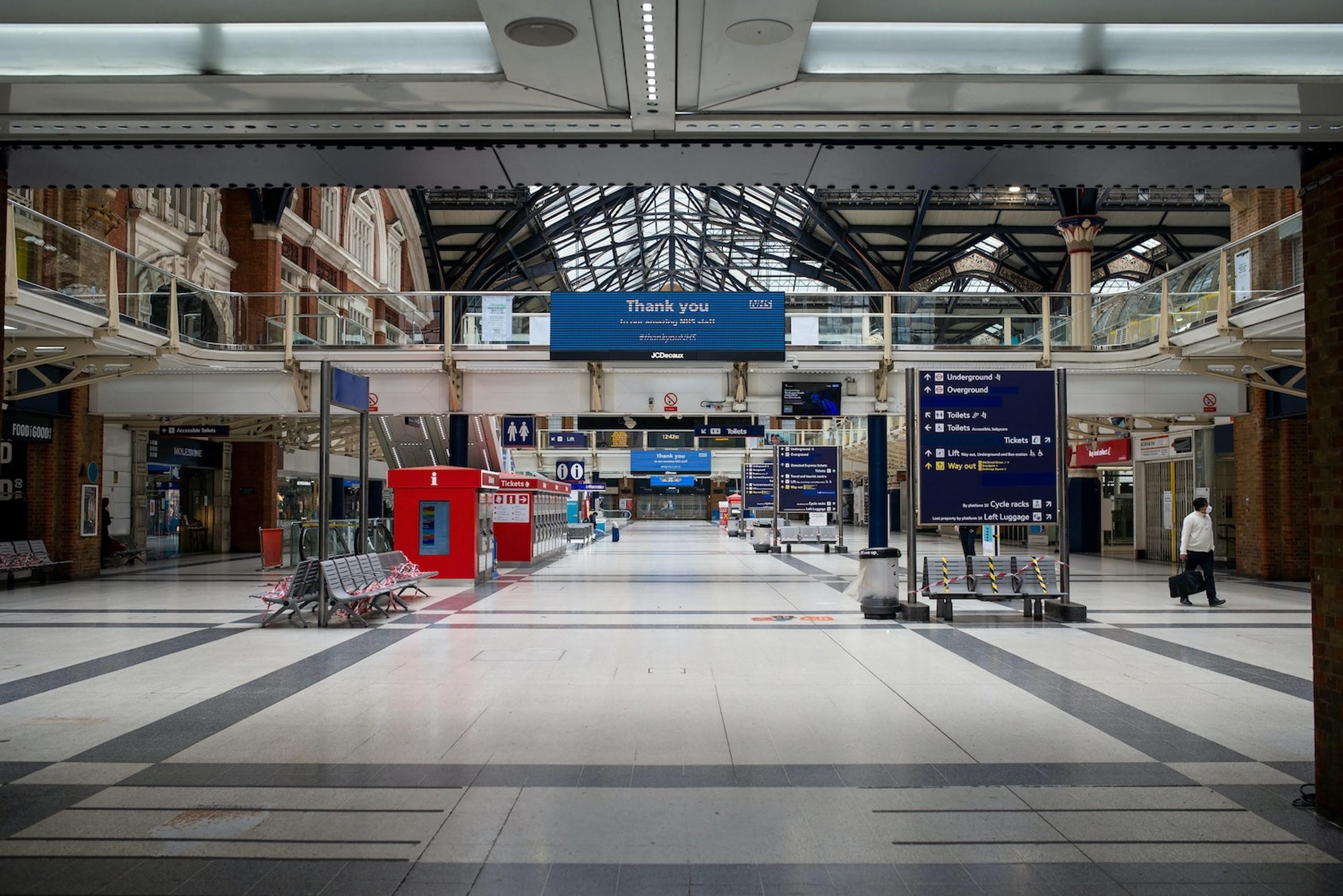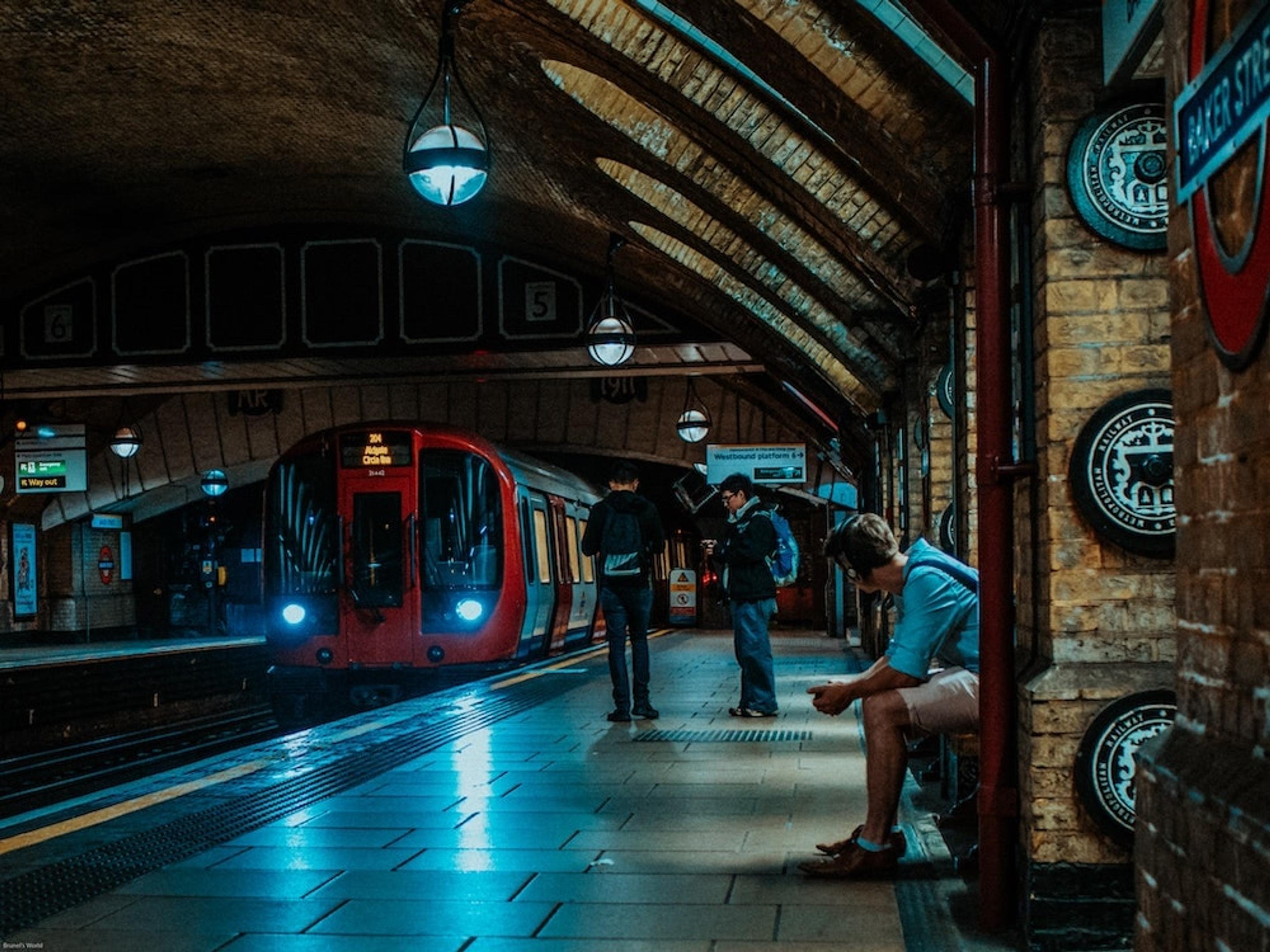How COVID-19 Could Shape the Future of Transport

There is no doubt that transport has been one of the worst-hit industries by the COVD-19 pandemic.
As more of us sit in isolation, our once heavily-congested buses and trains are running reduced services with minimal numbers of commuters on board. In order to stay safe, more and more of us seek alternative modes of travel, such as cycling, driving, or walking.
It is undeniable, however, that as lockdown begins to lift, we will return to rely on public transport to get from A to B. This means transport providers are under pressure to provide improved services that not only urge commuters to travel with their services but that are also compliant with the new COVID-19 guidelines.
As cities start to ease lockdowns, transit planners face the problem of keeping riders apart on buses and trains. Incorporating alternative methods of transport to their offering and creating “seamless mobility” could be the answer. Here are some insights into how providers can invest now in order to come out on top in the upturn.
Will it ever be the same?
Even in the current climate, there is no doubt that public transport is vital to keep the UK moving. Every day, thousands of essential workers rely on public transport to get to and from work.
The nightmare scenario for transport operators in the UK, and also globally, is that the public won’t return to mass transit once things settle. According to the Department for Transport, transport use fell by 60 percent between early February and the beginning of April.
It is too early to tell, however, what the impact of COVID-19 will do to transport. In Wuhan, the public has started to rely heavily on car use to get around. But that might not be feasible for the UK, especially London, as it would increase gridlock, congestion, and pollution. Public transport allows dense cities to function.

How alternative modes of transport can ease pressures
One likely scenario in the post-pandemic world is a return to walking and cycling as alternative methods, which are also more environmentally-friendly and cheaper than driving. The UK government has even promised to dedicate £2 billion towards these alternative methods to alleviate some of the pressures on public transport.
“With public transport’s capacity severely restricted at this time, our trains and buses could become overcrowded and our roads gridlocked – holding up emergency services, critical workers and vital supplies,” said UK Transport Secretary, Grant Shapps.
Using alternative ways of travel now can help ease pressures from service providers, like rail and bus, so that they can better prepare to respond to future increases in demand after the pandemic. It also eases congestion on transport, making it easier to be compliant with social distancing measures and ensuring that key workers, such as those in healthcare, will be able to use it to travel back-and-forth with more peace of mind.
Using seamless mobility to incorporate different modes of transport
A move toward seamless mobility could see transport providers incorporating alternative methods of travel to their services. Seamless mobility offers a vision of the future that can guide what action is taken now.
This future could involve transport providers embracing different methods of travel to complete a journey. For example, instead of providers encouraging commuters only to use their service, they could include walking, cycling, or ride-sharing as part of the journey. This could be done through a journey-planning app from the service provider, which would show the most efficient way to complete a journey using all of these different methods.
This might encourage a more sustainable transport system and a re-design of the current mobility services. Although things may not get back to how they were prior to COVID-19, the future of transport is still looking bright, if a little different.
Investing in transport technology
The next few months will be pivotal for transport service providers. Attitudes toward transport have been changing even prior to the pandemic. This has largely been because of population growth, changing behaviours among younger people, and the growth of digital solutions.
Digital solutions can help transport providers meet rising commuter expectations. Some improvements transport providers can start making now include:
Seamless mobility
Seamless mobility could make transport cheaper, more accessible, and more convenient. Transport providers integrate with other forms of travel and combine them into a single service or application. This required a one-stop-shop application, which could incorporate an intermodal journey planner, a single payment portal, and a booking system for entire door-to-door journeys.
Seamless mobility is the belief that the journey is more important than the service used to complete it. It’s a more user-centric approach to travelling. Although technologically feasible, it would require private and public sectors to work together in order to make it a reality, which is why it’s important to start these discussions now.
Digital ticketing
Digital ticketing presents multiple benefits and advantages over traditional printed tickets. It shortens queues, with mobile ticketing reducing waiting time by up to 75 percent when compared to paying by cash.
As well as this, mobile ticketing allows the collection of customer data. This allows providers to discover trends and behavioral patterns, including the identification of live disruptions that comes from real-time location data.
Journey planning
Ensuring daily services run on time will improve commuters’ experiences and relationships with providers. Technology plays a significant role, not just in keeping commuters more informed and better connected, but also allowing transport operators to make better decisions based on data collected.
Technology helps passengers receive real-time updates about their journey. Location-based tracking allows providers to see where a vehicle is and give informed updates to commuters, which helps reduce travel stress.
Real-time updates also allow for better journey planning, commonly through mobile applications. There are some limitations with popular journey planning apps, however. For example, CityMapper allows a person to plan their journey end-to-end but it doesn’t allow them to purchase a ticket.
By combining both digital ticketing and journey planning on one interface, similar to LNER’s Travel Buddy app, for example, commuters’ experiences are drastically enhanced.
What does the future hold?
Transport is more than just travel – it’s a way of connecting people and it plays a very important role in keeping us moving.
Although we’ve hit a temporary roadblock, it’s important that service providers use this time to invest and improve for the upturn.
Our case study outlines how LNER is improving its mobile solutions and solving commuter frustrations for better journeys ahead. If you need personalised advice tailored to your unique business goals, talk to our team today.





